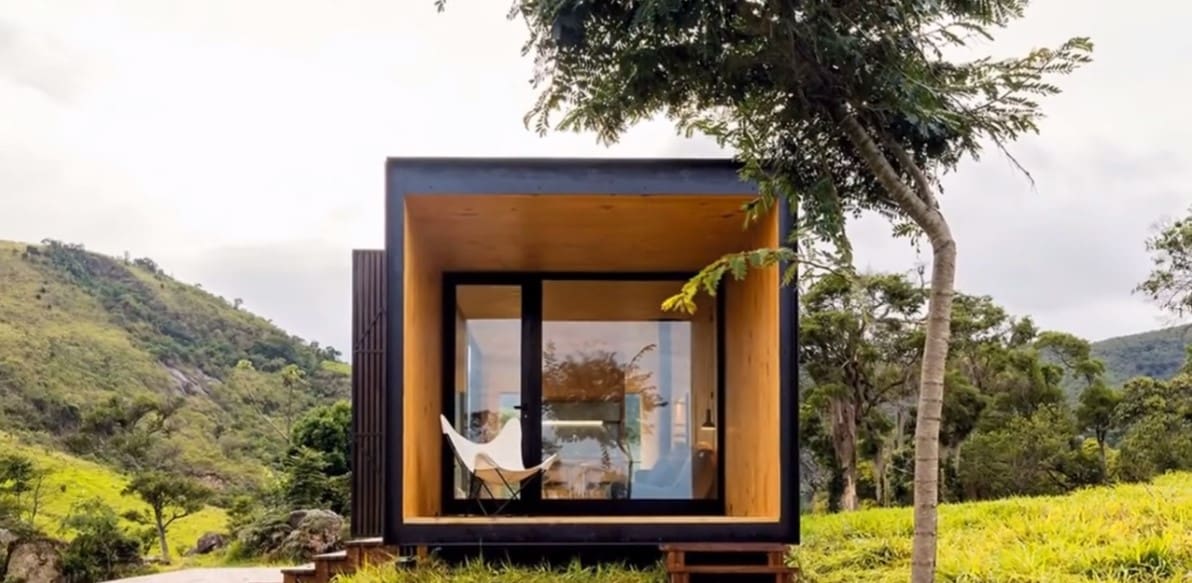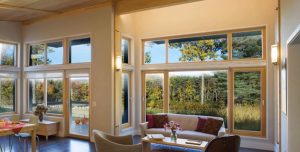Eco-Friendly home – With the issue of global warming and climate change continuing to become a burning issue, more people are continually supporting the creation of eco-friendly and sustainable homes. These homes are sensitive to the environment, and they are less harmful and polluting. An eco-friendly house is an environmentally low-impact house structured and built using materials and technology that lowers its carbon footprint and reduces its energy needs.
Table of Contents
Features of an eco-friendly home:
For your house to qualify for the title of being eco-friendly, it must have either or all the features below:
- An eco-friendly home must be water conservative; this is an essential component. Water-efficient appliances, rainwater harvesting, and low-flow taps are among the things that can help you to conserve water in your eco-friendly home. You can use conserved water other than drinking, including irrigating your garden and flushing toilets.
- Thermal insulation is another key component in your eco-friendly home. The primary reason is that it helps you lower your electricity consumption and reduces carbon footprints. When you have installed your home with any thermal insulation material, it qualifies as an eco-friendly home.
- Smart technology is another component when classifying an eco-friendly house, though relatively new. You can use innovative technology to regulate the amount of carbon emission, like, using smart technology to light and turn off lights in your house; for instance, the luxurious Deep Ellum apartments in Dallas are fitted with different smart home technologies.
- The source of energy is another important feature of an eco-friendly house. Eco-friendly houses depend on clean energy sources like solar panels and heat pumps, while those not eco-friendly houses rely on fossil fuels as their source of energy. Clean energy sources are cost-effective and renewable. However, installing renewable energy sources in your home comes with a considerable cost, but it is worth it.
- Another crucial feature of your eco-friendly home would be natural lighting and ventilation. When constructing your eco-friendly home, you should ensure that it can take advantage of these two elements, which help you live in a better and healthier environment. Natural lighting and ventilation will also help you reduce the energy being used, making your house eco-friendly.
Advantages of an eco-friendly house:
- Natural lighting and ventilation improve your health as an occupant of an eco-friendly house.
- Eco-friendly houses are the future of housing; therefore, investing in an eco-friendly house will have high resale value.
- When your eco-friendly house produces surplus energy, you can send it back to the national grid system and earn additional income.
How do houses become eco-friendly?
There are several tips on how you can convert your existing home into an eco-friendly one, which include:
- You may choose to switch to Compact Fluorescent Lamp (CFL) and Light Emitting Diodes (LED) bulbs and tube lights, saving more energy and making your home eco-friendly.
- A key component in an eco-friendly home is the availability of natural lighting; therefore, you should provide this natural lighting to make your home eco-friendly. You should do this by using light-colored curtains, which will allow most of the sunlight to be available.
- The critical component of an eco-friendly house is saving energy. Consequently, consider unplugging your appliances when you are not using them to save on the energy they might be consuming, however small.
- It would help if you also considered installing smart sensors for lighting. These will help you save on the energy used by lights in unnecessary times like when no one is in a room. Whenever there is no movement detected in a room, the lights will go off to save energy.
- Consider growing indoor plants that act as air filters leading to a healthy lifestyle. You can also go for plants that absorb pollutants from the furniture.
Final Thoughts:
Eco-friendly houses are the future of housing; therefore, you should consider upgrading your home to be eco-friendly. Using the above tips, you can start upgrading your home, one area at a time, and eventually, you will have an eco-friendly house.
Making your house eco-friendly will bring about sustainability for future generations as global warming and climate change continue to be burning issues. Unfortunately, an eco-friendly house has many advantages compared to normal houses.
Visit for more best articles






